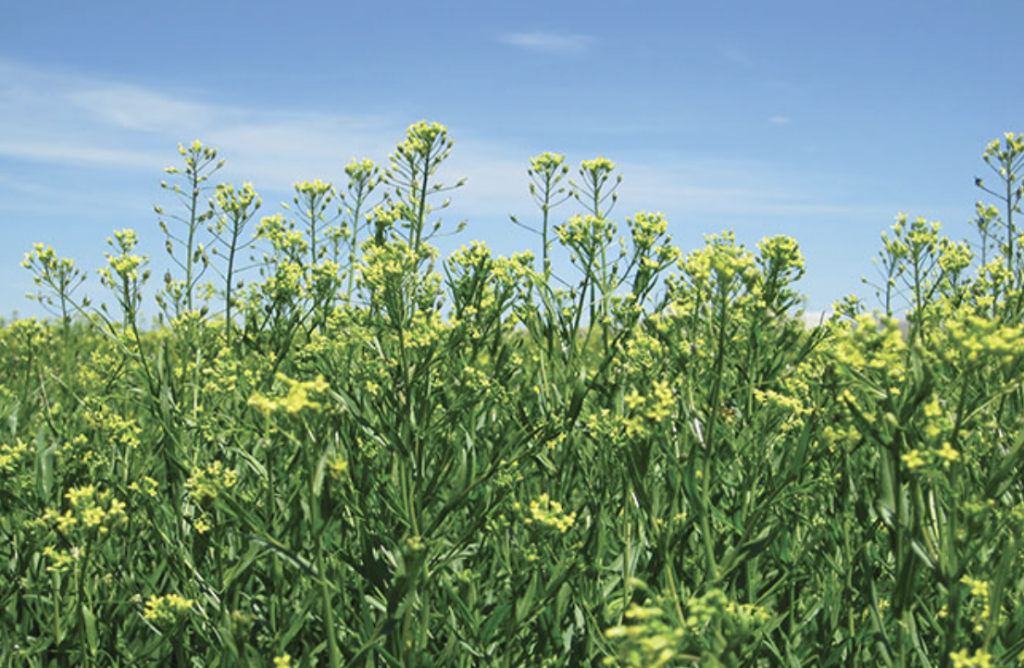- October 6, 2023
Kansas Conservation Series: Peirce Farms and Energy Feed Stocks
Hutchinson, KS – U.S. Senator Roger Marshall, M.D. is continuing his conservation series highlighting Kansans’ voluntary efforts to take better care of the environment. Stories will be released throughout the 2023 Farm Bill legislative process.
“While we hold hearings for the 2023 Farm Bill, I want to highlight how hard Kansans work every day to protect our environment and conserve precious resources that our Ag economy needs to thrive. Kansas farmers, ranchers, growers, and producers are finding unique and practical ways to preserve our land and protect our water and air. Their efforts are worthy of everyone’s praise,” said Senator Marshall.
This week, we’re highlighting the growth of the intermediate crop Camelina in Kansas. Intermediate crops grow between crop cycles on land that would otherwise sit fallow or idle, provide cover crop benefits to the land on which they are grown, and can be harvested, creating a new revenue source for farmers from land that would otherwise sit empty. These crops are used as feedstock or source oil to produce renewable fuels like diesel, sustainable aviation fuel, and renewable propane.
Camelina is unique among intermediate crops because of its short production cycle and low water use, which are especially beneficial to Kansas growers during drought. Connor Peirce of Peirce Farms in Hutchinson, Kansas, decided to incorporate camelina as part of his crop rotation last year in place of his typical canola crop, which required light tillage to survive the winter, to ensure his farm was engaging in no-till practices.
“We decided to try camelina because we wanted to get away from tilling to protect our topsoil. We were growing canola, which requires tillage. Camelina doesn’t and has better winter hardiness, so we decided to give it a try,” Peirce said.
Farmers like Connor are deciding to preserve their soil’s health using intermediate crops, preventing dust storms that strip soil of its nutrients, reducing tillage, and producing crops that contribute to our nation’s energy independence. As the benefits are becoming more well-known, the crop’s popularity is beginning to grow. Camelina’s acreage jumped from just 15,000 acres in 2022 to over 45,000 acres in 2023 – 2,500 of which are located in Kansas.
The renewable fuels produced using camelina act as a drop-in replacement for traditional petroleum-based fuels with far fewer emissions and no infrastructure or engine changes necessary.
By planting intermediate crops like camelina, Kansas farmers are creating environmental benefits throughout the plant’s life cycle – promoting soil health as it is grown and producing ultra-low carbon renewable fuels after harvest.

